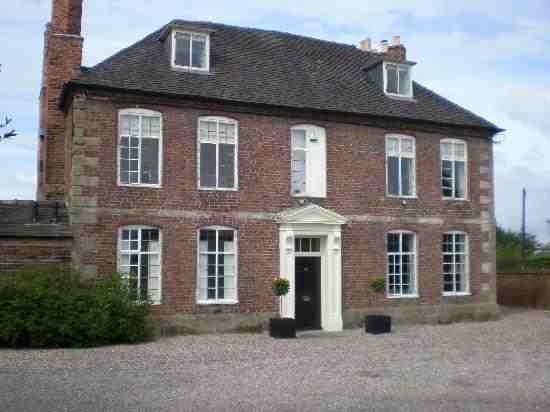![pipe-hill-house]() Two potential methods for calculating business use of home
Two potential methods for calculating business use of home
If your business is eligible to use the new simplified accounting method, then as from 6th April 2013 you have two options to work out how much to claim for business use of home.
If your sales are under the VAT threshold, which at the moment is £79,000 a year, and you are a sole trader or in a partnership where all the partners are individuals rather than corporate bodies (so if you are in a partnership and one of the other partners is a limited company, that’s not you), you’re eligible to use the simplified accounting method, and one option this method allows is a flat rate calculation for business use of home.
The flat rate method
This simply asks you to look at how many hours a month you spend running your business at home, on average, and then include a fixed amount in your accounts for business use of home.
The amount varies with the number of hours per month you work at home, as follows:
25-50 hours: £10 per month
51-100 hours: £18 per month
101 hours or more: £26 per month
Using this method will certainly be quicker than working out your actual costs, but the figure might not be as high and so you could save time but pay more tax.
The second method, which is the method you’ll have to use if your business is not eligible to use the simplified accounting method and which is also the method that has to be used for accounts dated up to and including 5th April 2013, works like this.
Analysing the costs method
If you want to claim part of the actual running costs of your home in your business accounts, then how much you can claim depends on the type of business you have and what work you actually do at home.
For example, if you’re a freelance decorator you might spend an hour or two a week writing up your books at home, but spend the rest of your working life at your customers’ properties. But if you’re a self-employed PR consultant or web designer, you may well do the vast majority of your work at home and only occasionally visit clients.
HMRC say that you need to apportion the running costs of your home on a “fair and reasonable” basis between the private element of that cost – the part that relates to you actually living there – and the business element. But how do you do this?
One method is to work out how many rooms you have in your home, and identify how many of those rooms you use for business – and also calculate how much time you actually use these rooms for business.
Just remember that it’s not a good idea to use any part of your home solely for business activities all the time and never use it for any private activities, because capital gains tax will then be due on the part you use just for business if, and when, you sell your home. Instead, try to make sure that your work space serves a dual purpose – for example, my own office at home is also my music room, and I could easily prove that to a visiting HM Revenue inspector because there’s a piano in there.
So, say there are 10 rooms in my home. I only use one for business, and 90% of the use of that room is for business. So I would add up all the costs I can claim, and multiply that by 1/10 and then by 90%, to get my accounts figure for the business use of my home.
But what running costs in my home can I actually include in my accounts?
Costs you can claim
Here are some of the costs you might incur to run a home, which you may then be able to claim part of in your business accounts:
Mortgage
If you’re buying your home through a mortgage, you can claim a proportion of the interest only – not the capital repayment.
Rent
You can’t charge your business rent when you’re self-employed, because legally you are the business. But if you’re renting your home from a landlord, then you can claim a proportion of the rent for your business.
Council tax
You can claim a proportion of your council tax cost. However, depending on how much you use your home for business, you may have to pay business rates rather than council tax.
Light and heat
You can claim the business proportion of your gas and electricity costs for lighting and heating in the room(s) you use for business.
Telephone and broadband
Remember that what you can claim for your telephone and broadband is not apportioned on the basis of the number of rooms in your home, but on what your actual usage of the line is.
You can claim the full cost of all your business use of the line, and a percentage of the line rental, based on how much you use it for business purposes and how much is for personal use.
Property repairs
If a property repair relates solely to the part that’s used for business, you would include this cost in your accounts in full, subject to the business use of that room.
So for example, if the ceiling in my office/music room was repaired and that cost £200, I wouldn’t need to divide that by 10 because the repair was only for that room – I would just multiply by 90%, and include £180 in my accounts.
If the repair is to the whole house, for example a repair to the roof, you can include that in the same proportion as you would the rent or council tax – so in the example of my 10-room house, the repair cost x 1/10 x 90%.
But if the repair is just for a part of the house that’s not used for business – such as replastering of a kitchen – then you can’t claim any part of that repair in your business accounts.
Water
If you use a lot of your home water supply for business – for example if you run a car valeting service – then you would need to apply to the water company for this to be separately charged, and you could claim the full cost.
But if your water use for your work is only minor, you can’t claim any of the cost for your business.
Claiming costs of working at home is not as simple as it initially sounds. If you’re in any doubt as to what you can claim, you should seek further advice from an accountant.


Comments